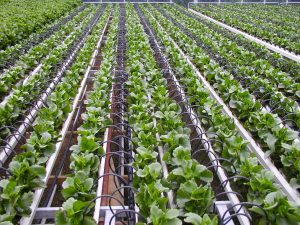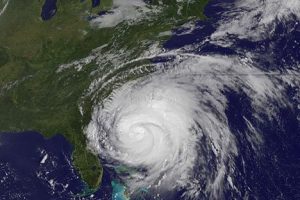Alexander Alfano- Building and Construction Technology
Matthew Faucher- Turf grass science and management
Brendan Clark- Environmental Science

In many places across the U.S. families are facing a crisis, a lack of clean drinking water. Water is the key to all life, so you would think that in a wealthy country like America, every citizen would have access to clean drinking water. This is not the case. In recent years there has been a growing issue of a lack of clean water in many parts of the country. Heather Blevins and her 7 and 8-year-old children are residents of Lovely, Kentucky. Unfortunately, as of recently, Lovely’s water has become less and less lovely. Their town water has become yellow and gives off a smell of bleach. When Heathers children take a bath their skin becomes red and itchy. With Heather only making $980/month from social security, buying bottled water can be an economic struggle. This is not a freak occurrence; many other parts of the country are facing the same problem. From Flint, MI to Lovely, KY, water quality is being degraded at rapid rates, and will only continue to become worse in the future. Continue Reading















